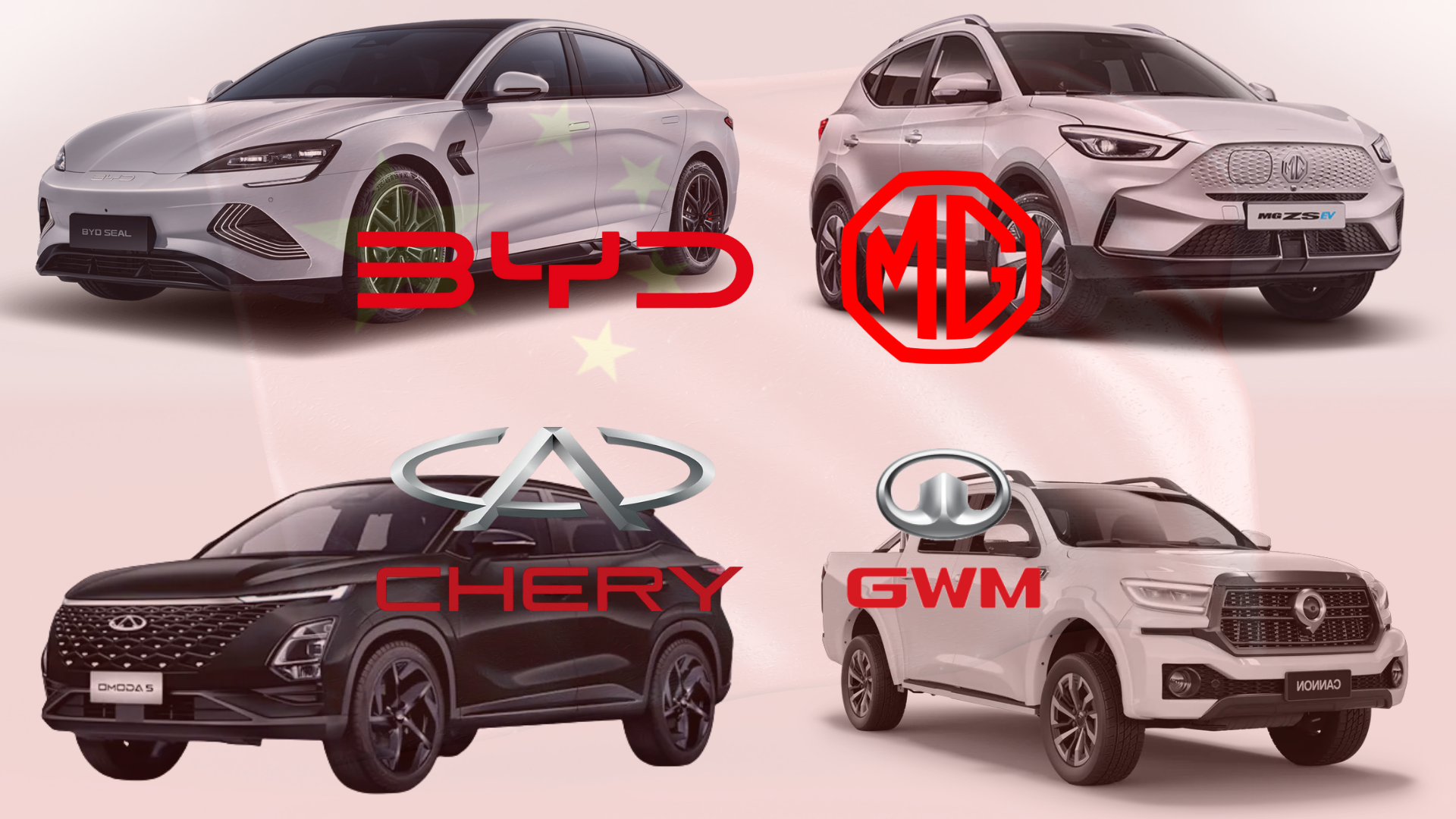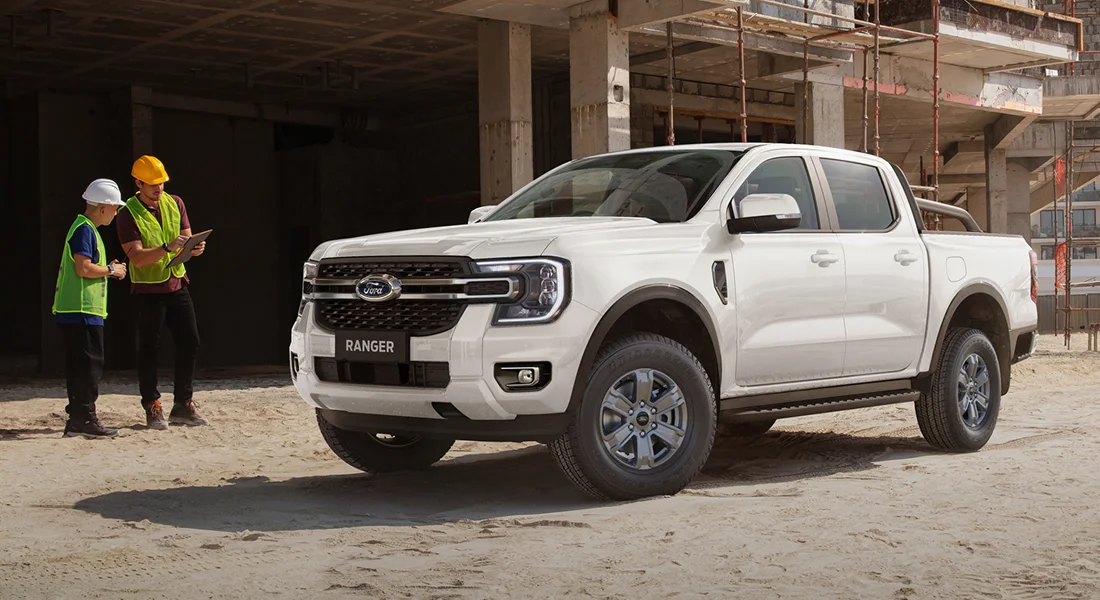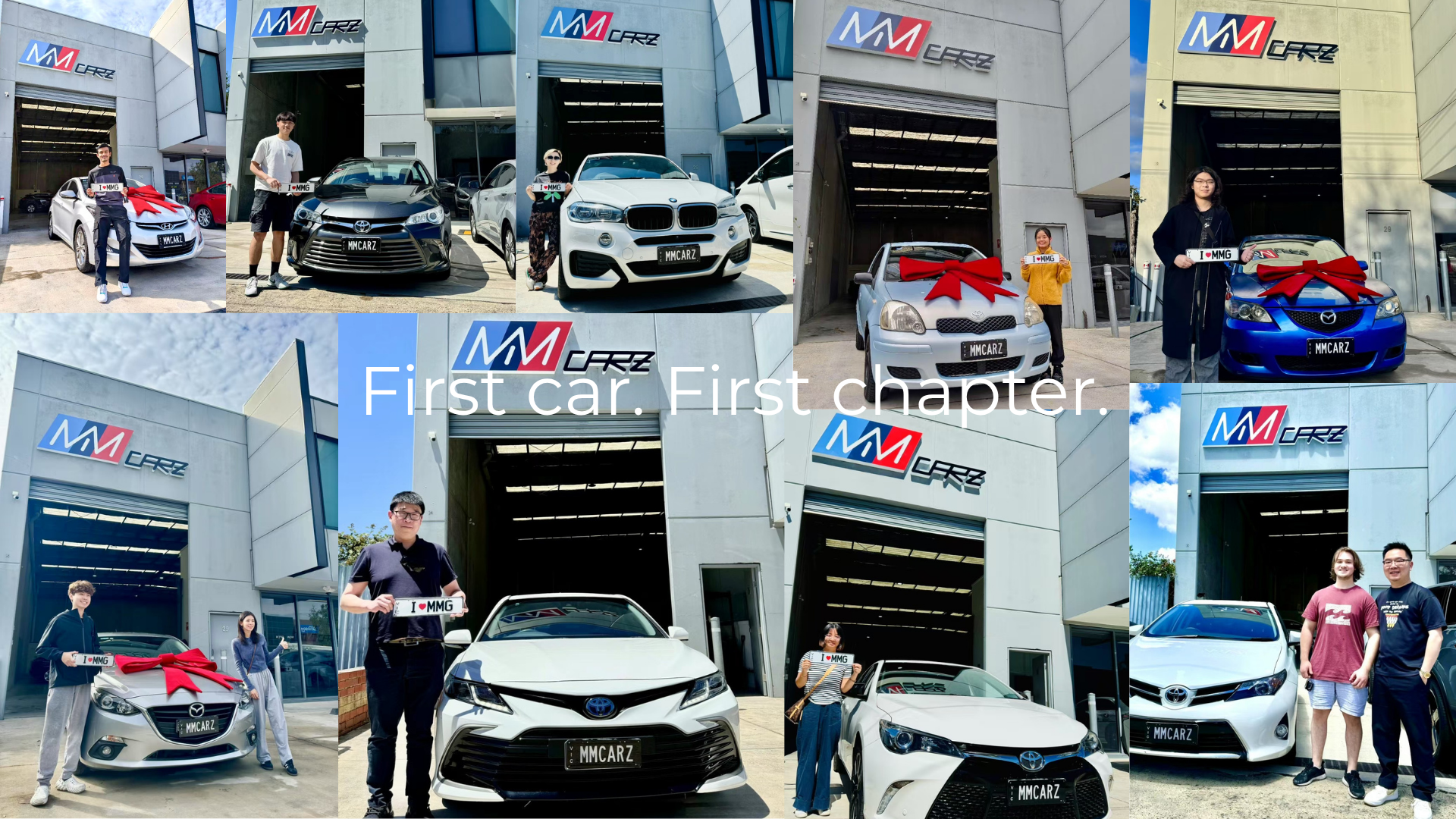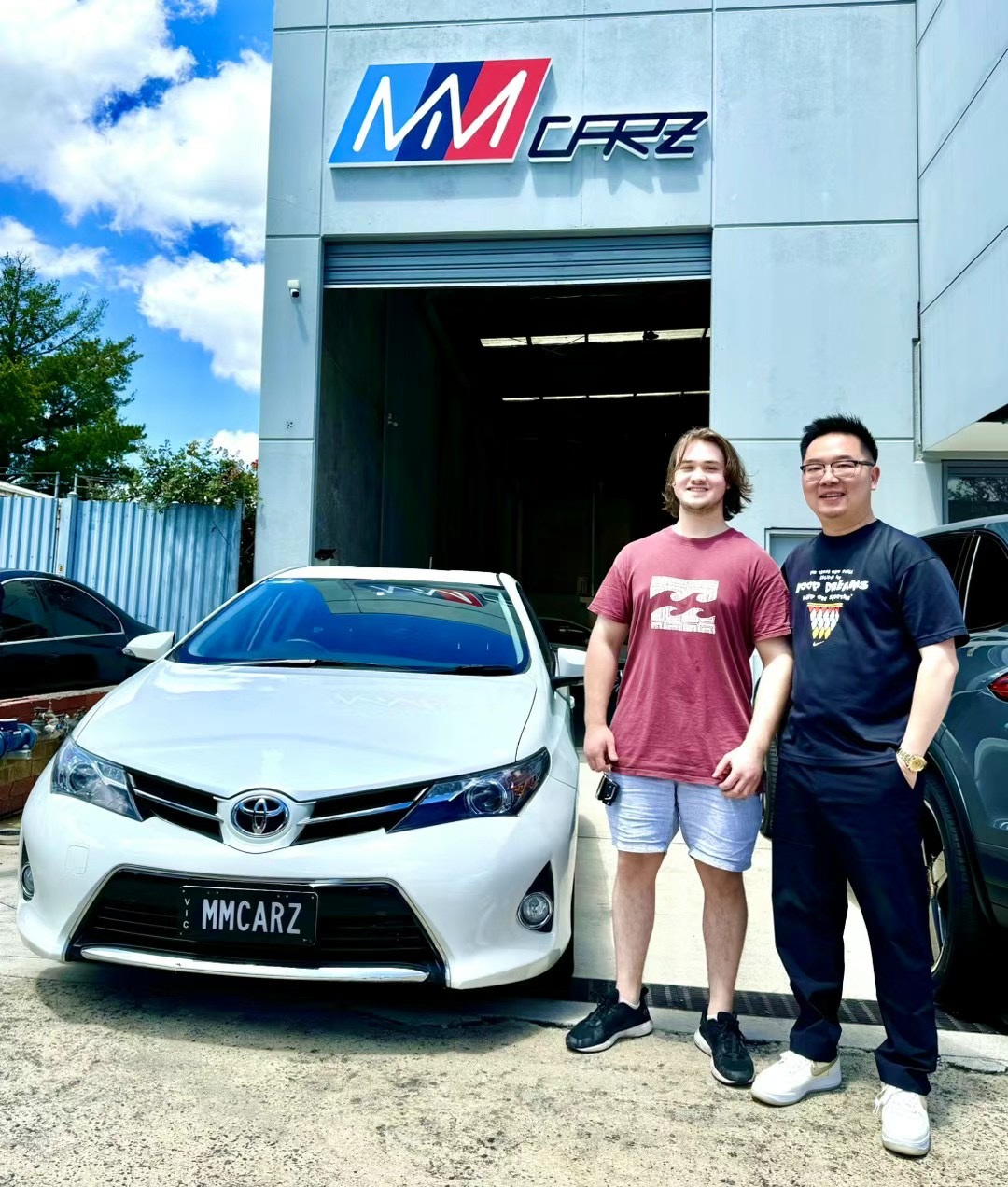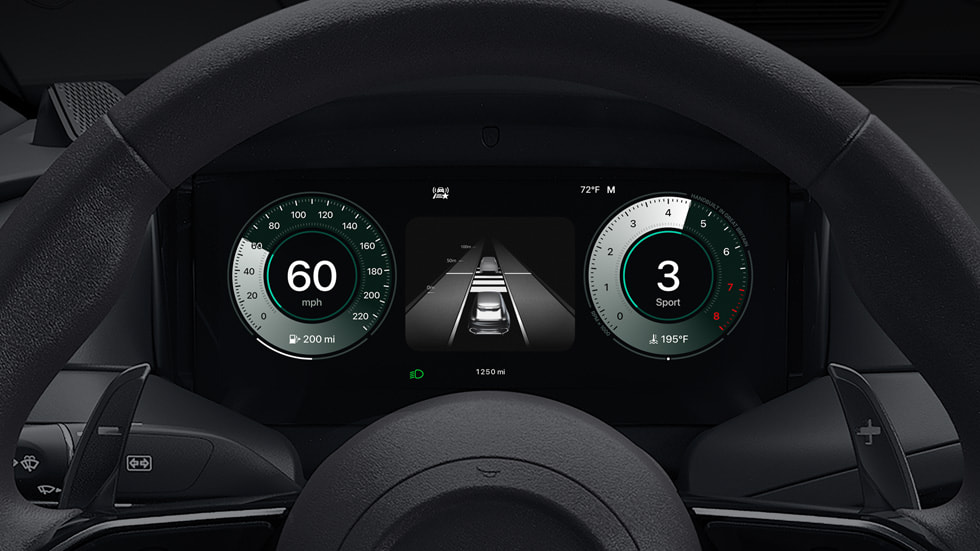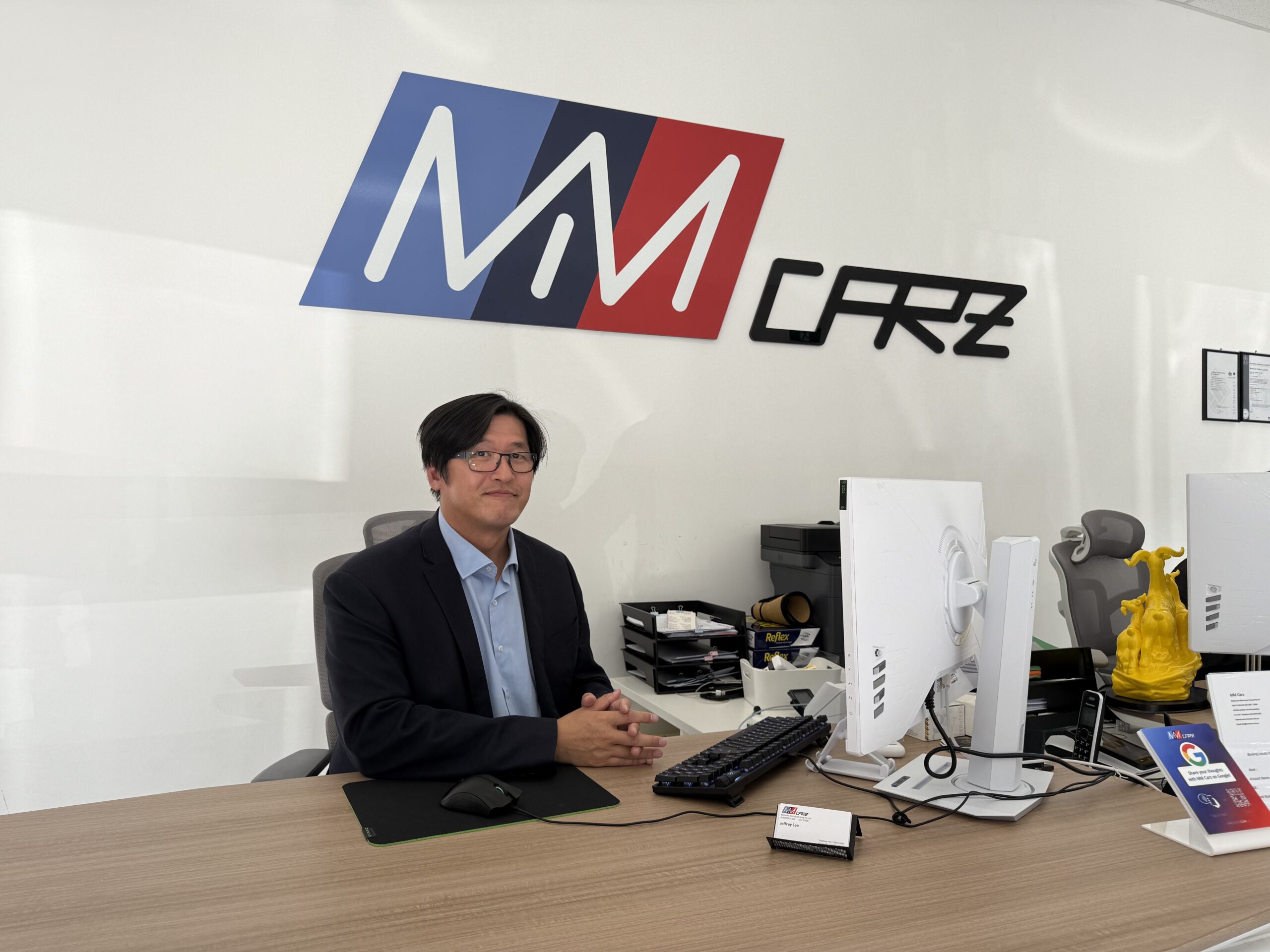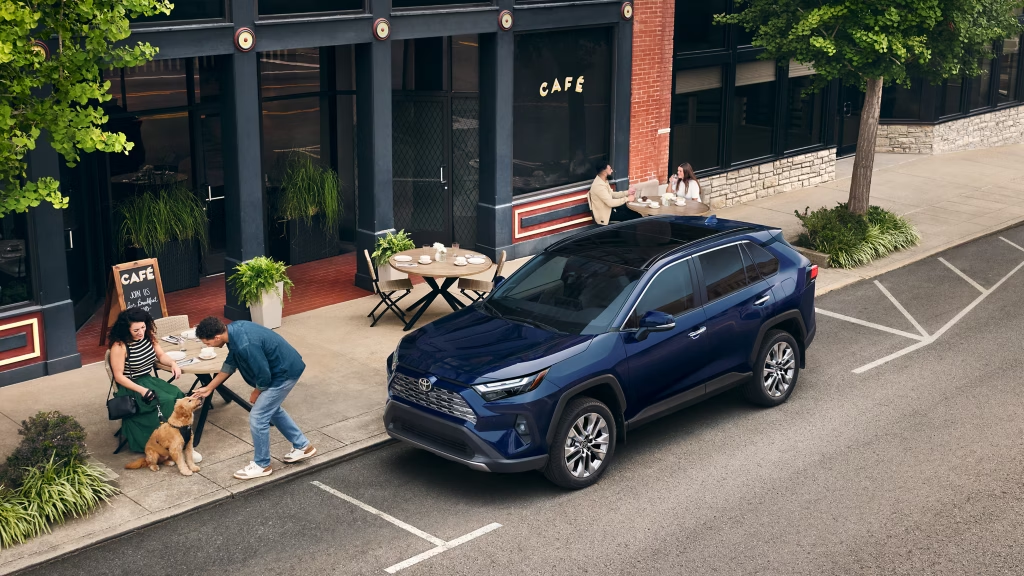As Australia accelerates its commitment to sustainability and reducing carbon emissions, the electric vehicle (EV) market is poised for significant growth. With 2025 under away, several key developments are set to transform the automotive landscape. This article explores the trends to watch, providing insights into the evolving EV sector in Australia.
1. Expansion of EV Charging Infrastructure
A major challenge for EV adoption has been the limited availability of charging stations. To address this, a $72 million investment has been allocated to expand EV charging infrastructure across Australasia, supporting the region’s shift to sustainable transport. This funding aims to enhance the charging network, making EV ownership more convenient and accessible.
2. Government Incentives and Support
Government initiatives are playing a crucial role in promoting EV adoption. The Australian Government has introduced the Electric Car Discount, exempting eligible EVs from the luxury car tax, thereby reducing the overall purchase cost.
Additionally, the Driving the Nation Fund, with an investment of $500 million, is set to expand the national rollout of EV charging and hydrogen refuelling infrastructure, further supporting the transition to electric vehicles.
3. Increased Availability of EV Models
The Australian market is set to expand further in 2025, with around 40 new EV models expected to launch this year, increasing the total number of available models to over 100. This influx of options will cater to a broader range of consumer preferences, from compact city cars to larger SUVs, making it easier for Australians to find an EV that suits their needs.
4. Advancements in Battery Technology
Ongoing research and development in battery technology are leading to improvements in energy density and charging speed. These advancements are expected to result in EVs with longer driving ranges and shorter charging times, enhancing the overall user experience and making electric vehicles more practical for everyday use.
5. Integration of Renewable Energy Sources
The integration of renewable energy sources with EV charging stations is gaining momentum. Utilising solar and wind power for charging not only reduces the carbon footprint of EVs but also contributes to a more sustainable energy grid. This synergy between renewable energy and electric vehicles is a key component of Australia’s strategy to achieve net-zero emissions.
6. Adoption of Vehicle-to-Grid (V2G) Technology
Vehicle-to-Grid (V2G) technology, which allows EVs to supply power back to the grid, is expected to be approved in Australia by the end of 2025. This development will enable EV owners to contribute to grid stability and potentially earn income by supplying stored energy during peak demand periods.
7. Support for Heavy-Duty Electric Vehicles
Recognising the environmental impact of heavy-duty vehicles, the Australian government has allocated $50 million to subsidize electric vehicle loans for farmers and truckers. This initiative aims to decarbonise key industries and promote the adoption of electric trucks and machinery in sectors such as agriculture and logistics.
8. Commitment to Emission Reduction Targets
The Australian government remains committed to its goal of having electric vehicles constitute 30% of all new light vehicle purchases by 2027. This ambitious target underscores the nation’s dedication to reducing greenhouse gas emissions and transitioning to a more sustainable transportation system.
Global Context: The EV Revolution Taking Shape Worldwide
While Australia is moving quickly toward a more sustainable future with electric vehicles, the global shift towards EVs is also gaining significant momentum. Many countries are investing heavily in EV infrastructure, policies, and innovations. For instance, Europe is leading the way in the global transition, with countries like Norway aiming for 100% electric car sales by 2025. Meanwhile, the United States is increasingly incentivising EV adoption through programs like the Biden administration’s $7.5 billion investment in EV charging infrastructure (electrek.co).
China, the largest EV market in the world, has set ambitious goals to build a “green transportation” system, with new energy vehicles (NEVs) expected to account for 25% of car sales by 2025 (scmp.com). These global trends highlight that the EV transition is not just a local phenomenon; it’s part of a worldwide movement aimed at reducing fossil fuel dependence and mitigating climate change.
Australia’s efforts are part of this broader global effort, with countries around the world setting their sights on creating cleaner, greener transportation systems. As more governments introduce strong environmental policies, technological advancements accelerate, and consumer demand for sustainable options increases, the future of electric vehicles is becoming brighter not just for Australia, but for the planet as a whole.
Australia’s efforts are part of this broader global effort, with countries around the world setting their sights on creating cleaner, greener transportation systems. As more governments introduce strong environmental policies, technological advancements accelerate, and consumer demand for sustainable options increases, the future of electric vehicles is becoming brighter not just for Australia, but for the planet as a whole.
Conclusion
The future of electric vehicles in Australia looks promising, with significant investments in infrastructure, supportive government policies, and technological advancements paving the way for widespread adoption. As we enter further into 2025, Australians can look forward to a more sustainable and innovative automotive landscape, offering cleaner and more efficient transportation options for all. With the global shift towards EVs gaining speed, Australia is set to be a key player in this exciting and transformative journey.
Still prefer combustion engines?, read our latest article on BMW’s 3 series vs Mercedes C-Class.




